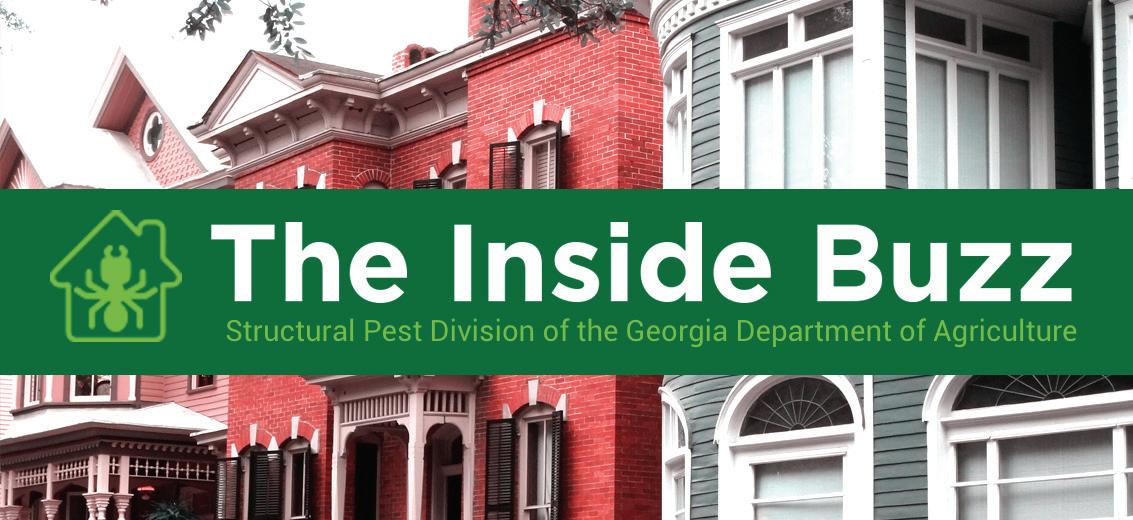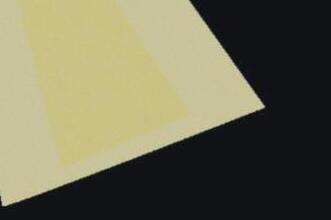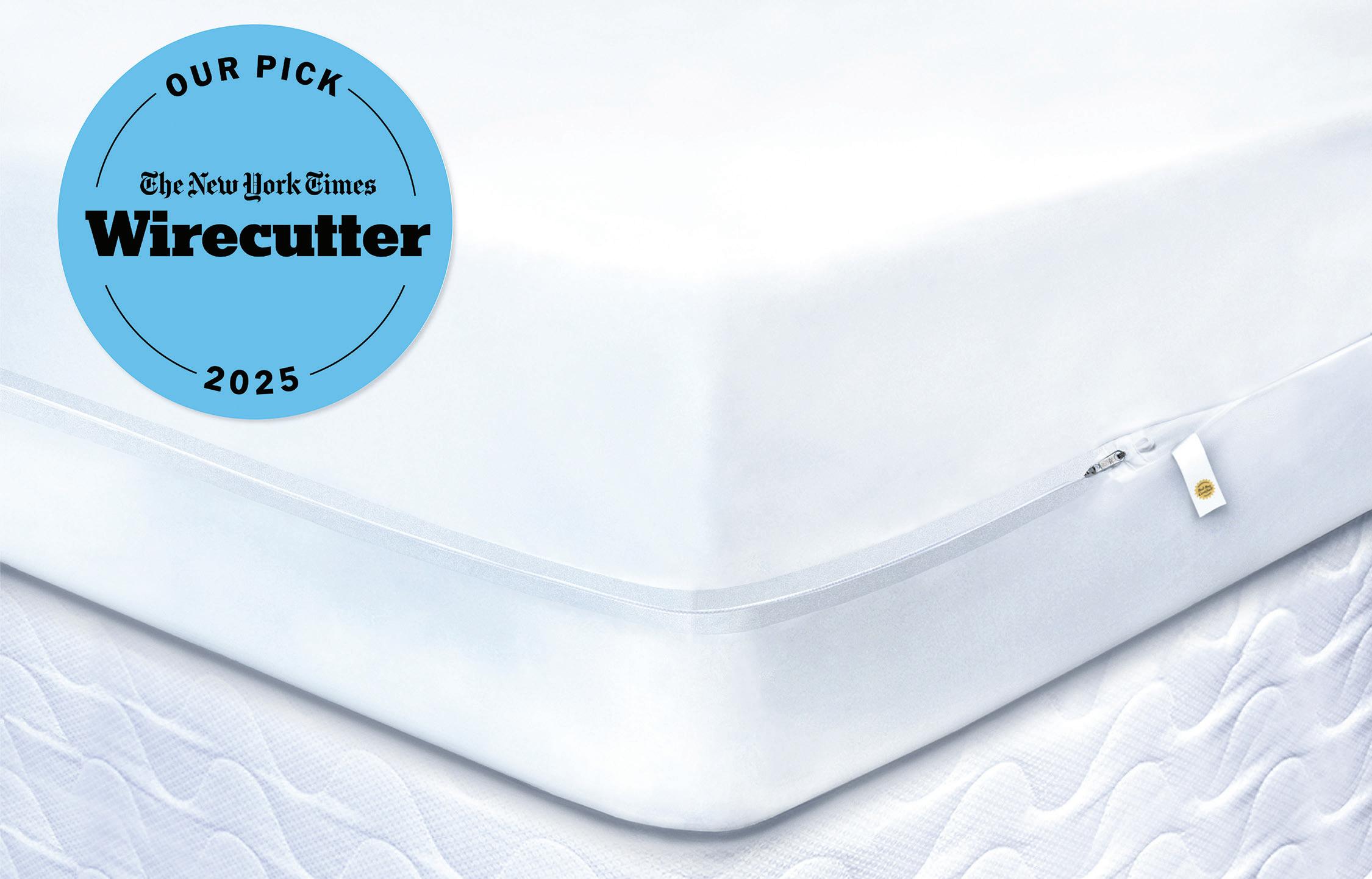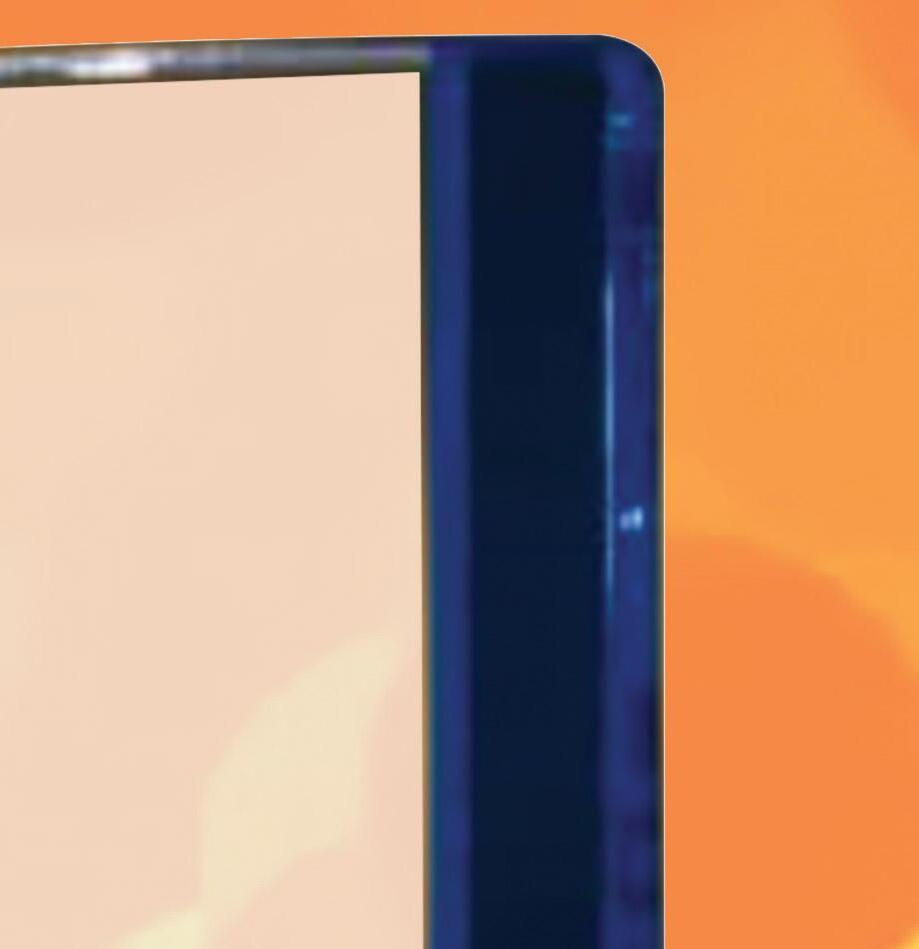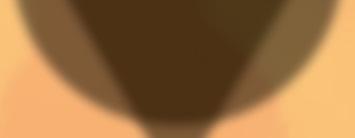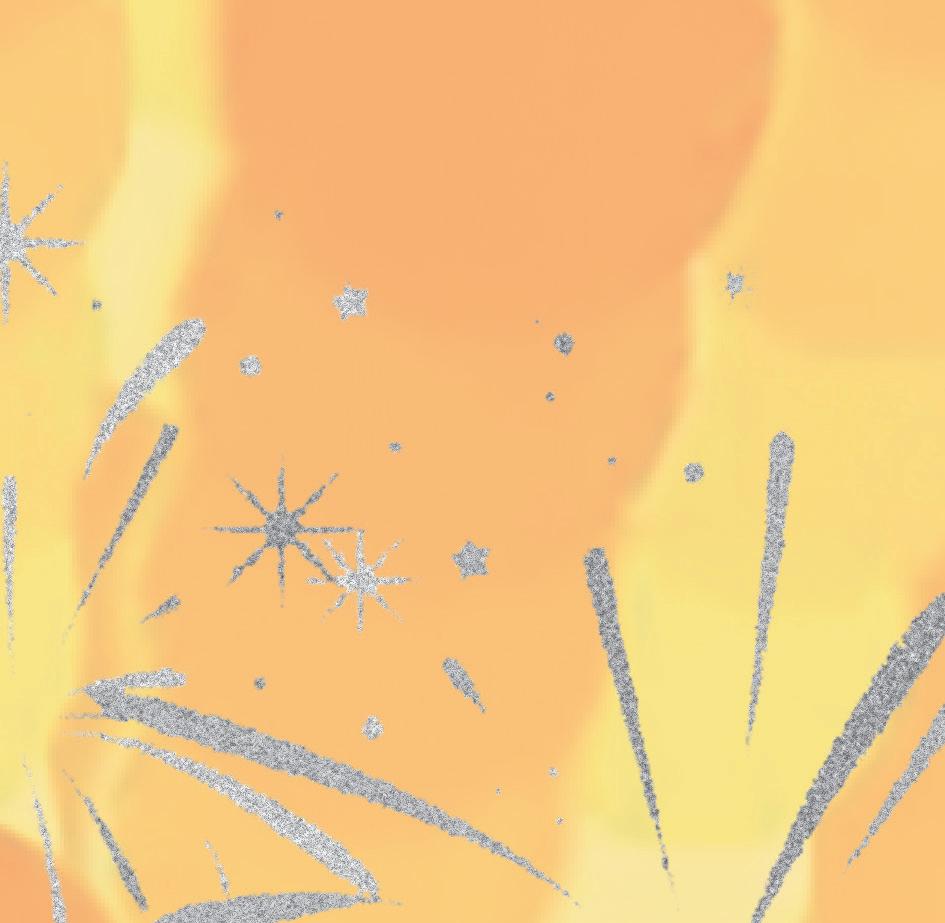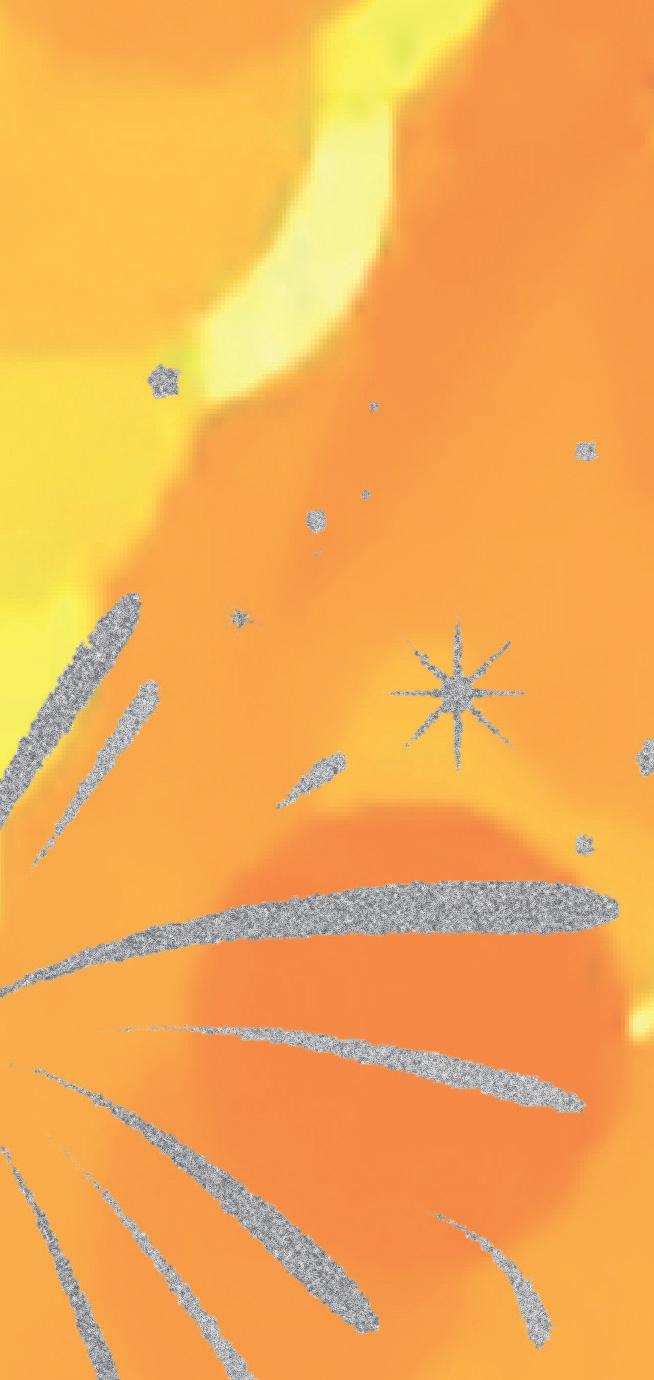My name is Tyler, and I was one of the Structural Pest Division interns this summer at the Georgia Department of Agriculture. I am currently a graduate student at Emory studying Environmental Health and Epidemiology. I am interested in pesticide use both i the home and in the field, and love spreading the word about integrated pest management. So far, I’ve talked to applicators, students, and the general public about pests and pesticide safety. As someone who has mostly done pest management from an
pest has taught me a lot about the rules and regulations surrounding pest control and now I’ve been able to help others with compliance. Overall, this summer has been a great experience and I hope that I was able to help some of you readers during my time here!
impacted by the Structural Pest Division, and I am very thankful for the chance to work with the amazing individuals here at the Georgia Department of Agriculture.
For more detailed information and guides to the renewal process, please visit the license renewals webpage
Even outside of the Structural Pest Division, the entire Department of Agriculture has provided amazing opportunities for me to make connections and increase my knowledge of Agriculture within the great state of Georgia. I
your structural pest control license been renewed? The license renewal deadline was June 30th, 2025, but it’s not too late! Licenses can still be renewed through September 30th, 2025, with payment of the late renewal fees.
Late Renewal Fees
• Company License: $270.00 (includes UGA Urban Entomology Research Fee)
Has your structural pest control license been renewed? The license renewal deadline was June 30th, 2025, but it’s not too late! Licenses can still be renewed through September 30th, 2025, with payment of the late renewal fees.
• Operator Certification:
License: $270.00 (includes UGA Urban Entomology Research Fee)
Update to Notice 22-01 Three Day Right of Cancellation
The Fair Business Practices Act (FBPA) references federal code which allows that the statement on the contract regarding three day right to cancel may be “substantially similar” to that originally provided in FTC 16.C.F.R. 429. In order to align with federal code, a change to Notice 22-01 to clarify that the three day right of cancellation notice does not need to be the exact listed language, but rather can be substantially similar, was approved by the SPCC.
Companies are advised to review the updated notice provided on the SPCC Guidance Policies webpage
The Georgia Structural Pest Control Commission's next meeting will be held virtually on Microsoft Teams on
Special thanks to Summer Interns Tyler & Colton for all their contributions to
Annual Fall Conference Registration Form
UGA Griffin Campus - October 15 & 16, 2025
Each Attendee Must Complete a Registration Form
Please Type or Print Information
OnlineRegistrationcomingsoon
Name_____________________________________________________________________________
Company Name ______________________________________ Day Telephone #________________
Business Mailing Address_____________________________________________________________
City__________________________________________________ State_________ Zip____________
Name to appear on badge ____________________________________________________________
CONFERENCE REGISTRATION FEES
BEST DEAL
Fall Conference Registration - October 15 & 16, 2025: Includes Exhibit review, all instruction materials, refreshment breaks, continental breakfast & lunch, both days! Wednesday (Cornhole Tournament) and Thursday.
( ) CPCO Member $250.00 by 9/30/25 ( ) CPCO Member $275 after 9/30/25 ( ) Non-Member $310.00 *
Day Rates If you can’t attend the entire conference, perhaps a one -day registration will fit your schedule.
( ) Wednesday October 15th only, includes Exhibit review, Training, Breaks, Continental Breakfast, Lunch and Cornhole Tournament Event.
( ) CPCO Member $160.00 ( ) Non-Member $220.00 *
( ) Thursday October 16th only, Exhibit review, Training, Breaks, Continental Breakfast and Lunch. ( ) CPCO Member $150.00 ( ) Non-Member $210.00 *
* Fee includes CPCO ofGA Individual Membership
TOTAL REGISTRATION ENCLOSED $__________ Payment must accompany Registration
Make checks payable to CPCOofGA and mail to: PO Box 490164, Lawrenceville, GA 30049
Indicate if you are a Veteran: _______Yes _______ No 10 % Discount Attending the Cornhole Tournament: _______Yes _______ No
If you wish to receive confirmation of registration please supply your email address:
PAYMENT METHOD
Total Amount Due: $___________________ _____ Check Enclosed (Make payable to CPCO ofGA)
To:
maria@cpcoofga.com
OofGA PO Box 490164 Lawrenceville, GA 30049 ONLINE - Coming soon!
Insect and
oatmeal, etc.) and discard. Clean up spilled food.
in tightly sealed containers. Never treat human food sources with an insecticide. For more detailed information see University of Georgia Extension Bulletin 1378, Stored Product Pests in the Home, at https://extension.uga.edu/publications.html. Might be confused with: true powderpost beetles, flour beetles.
Sugarcane beetles (Scarabaeidae: Euetheola humilis): Oblong- to oval-shaped, ½ to ⅝ in., flat or shiny black to brownish black robust beetle with longitudinal rows of slight indentations on hairless elytra. They have large, strong, spiny forelegs for digging. Habits: One or two population peaks (spring and late summer [August]) per year. Beetles may be very numerous when present. Short-lived adults are strongly attracted to lights at night. At sunrise adults attempt to burrow away from sun no matter where they are, sometimes resulting in damage to roof shingles, pliable rubber caulking and sealants along expansion joints, expansion papers, etc. Interventions: Alter lighting to make structure less attractive at night (see section on Proactive Pest Management). Turn off lights during peak flight times or use flood lights, positioned away from but pointing toward the building, to attract beetles away from the building. If desired, treat with an appropriately labeled residual spray to areas where beetles aggregate, such as in corners and along seams where horizontal and vertical surfaces meet. Might be confused with: numerous other black scarab beetles, ground beetles.
White-fringed beetles (Curculionidae: Naupactus leucoloma): Longitudinally striped light to dark brown beetle, 1/4 to 3/8 in., with a somewhat distinct beak (rostrum) and elbowed antennae. Habits: Larvae feed on roots of grass, and some agricultural crops, followed by punctuated adult emergence in summer, sometimes in large numbers. Can be especially numerous near agriculture fields. White-fringed beetle activity is seasonal and predictable in occurrence. Interventions: Problems often cease on their own, so insecticides are not needed. Follow suggestions under section titled Proactive Pest Management. It is especially important to install doorsweeps. If desired, spray beetles directly (spray only outdoors). Might be confused with: other weevil species, ground beetles.
Pests of Southeastern Neighborhoods: A Guide to Identification and Management 19
Wood-boring beetles (Cerambycidae and Buprestidae: many species): Woodborer is a general term that refers to the larval form of beetle species in either the family Cerambycidae or Buprestidae. They infest both hardwoods and softwoods.
Adult cerambycids (called longhorned beetles) are elongate, cylindrical and 3/8 to 1 in., often with antennae as long as or longer than the body. Larvae are referred to as roundheaded borers. Adult buprestids (called metallic wood-boring beetles) are 3/16 to 3/4 in., bullet shaped and often metallic blue and/or emerald green. Larvae are referred to as flatheaded borers. Because adult beetles are rarely seen or found, diagnosis of infestation in wood is usually dependent upon the morphology and size of the exit hole. Longhorned beetle exit holes are nearly round to slightly oval, with a 1/8 to 3/8 in. long-diameter (the long-diameter is never more than twice the short-diameter), while metallic wood-boring beetle exit holes are elongated, flattened ovals with a 3/16 to 1/4 in. long-diameter (the long-diameter is approximately three to four times the shortdiameter). Habits: Wood-borers infest wood soon after the tree is felled, but before bark is removed. They cannot infest seasoned, processed lumber (in lumberyards or dimensional lumber in service) or trees that have been debarked. Infestations are more common in wood cut from one’s own property, but not kiln-dried or debarked quickly enough. They can also infest rough cut lumber where strips of bark have been left intact. Following mating, females lay eggs on the bark. Eggs hatch, and larvae burrow into and begin feeding just under the bark. They then move to the sapwood where they will remain, consuming the wood, for several years until emergence. For various reasons, larvae may survive the milling process and are then built into structures using infested wood (structural lumber or logs for log homes). Adult wood-borers most often emerge from wood 1–3 years after construction. Generally, development time is quicker in wood with elevated moisture (logs), and can be delayed by several years in dry or drying wood (dimensional lumber). Exit holes are the result of the adult beetle chewing its way out of the wood to free itself. When beetles emerge, they are looking for a mate and then must find a tree with bark on it. Like powderpost beetles, when adult wood-borers emerge from the wood they emerge perpendicular to the wood’s surface. Active infestations are characterized by frass (beetle excrement) streaming from the hole. Exit holes with no frass present are evidence of a prior infestation, but not necessarily one that is still active. Interventions: None needed as these beetles will not re-infest, unless the wood contains moisture and has bark present and females are successfully mated. Beetle emergence holes are an aesthetic problem. The feeding damage done by larvae is not known to compromise the structural integrity of the wood. Generally, seek help from a professional pest control company to determine (a) beetle identification, (b) whether the infestation is active or not, and (c) options for control, if needed. Obtain help for a positive beetle identification from an entomologist. Control recommendations are entirely dependent upon beetle identification and infestation status. Might be confused with: old house borers.



Old house borer (Cerambycidae: Hylotrupes bajulus): Diagnosis of an old house borer (OHB) infestation is typically based on: (a) exit hole morphology (exit holes are elongated, flattened ovals 1/4 to 3/8 in., where the long-diameter is never more than twice the short-diameter); (b) frass (a fine powdery texture where individual pellets are barrel-shaped); and (c) ridged galleries made by larval feeding. When larvae can be obtained, they can be identified by the presence of three ocelli (eyes) in a row on the head. Larvae can sometimes be heard chewing in the wood. Adults are rarely
White-fringed beetle Photo by R. Ottens, Bugwood.org
Sugarcane beetle
Arthropod
A metallic wood-boring beetle
A longhorned beetle
Wood-boring beetle exit hole





































































































































